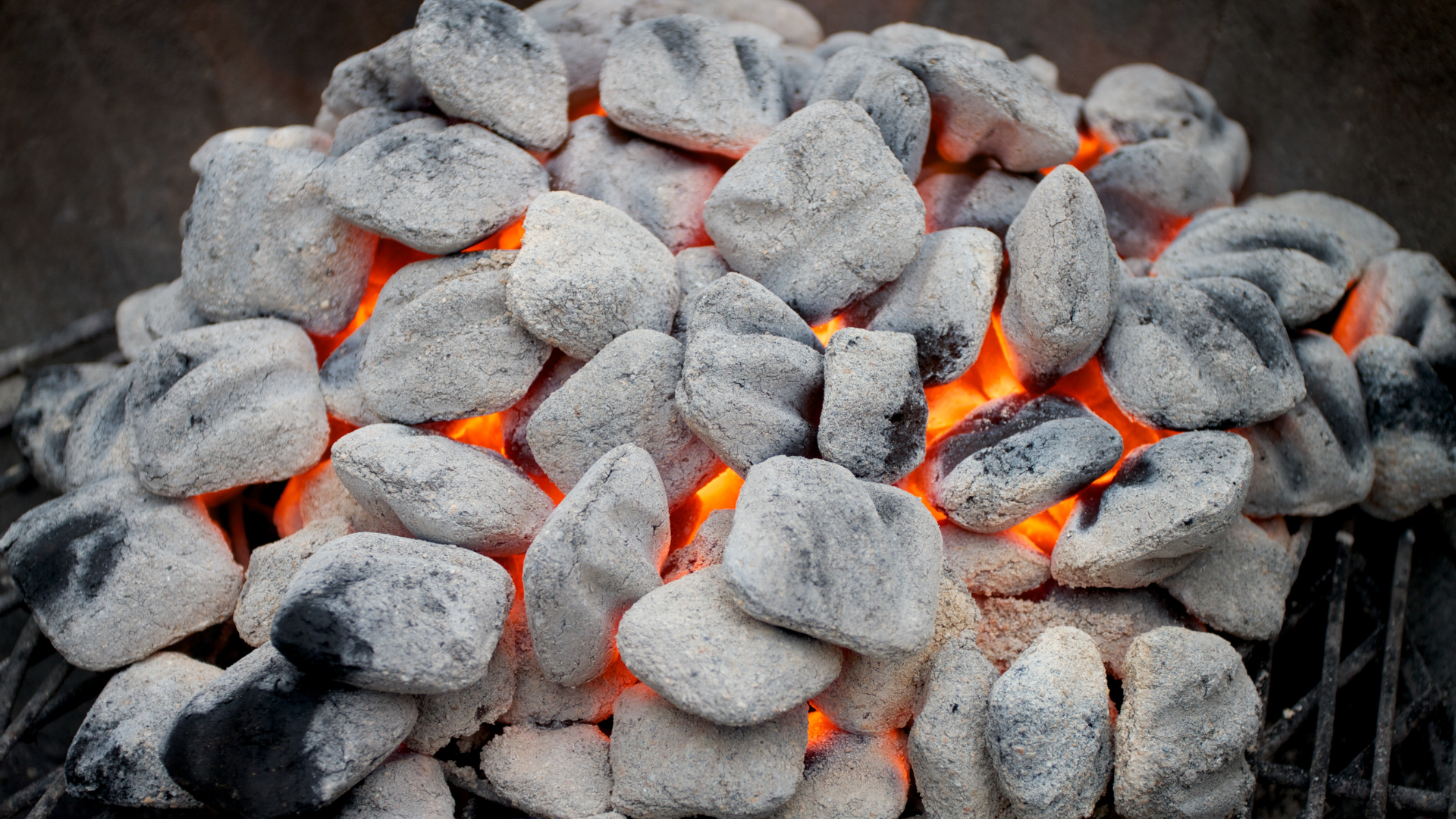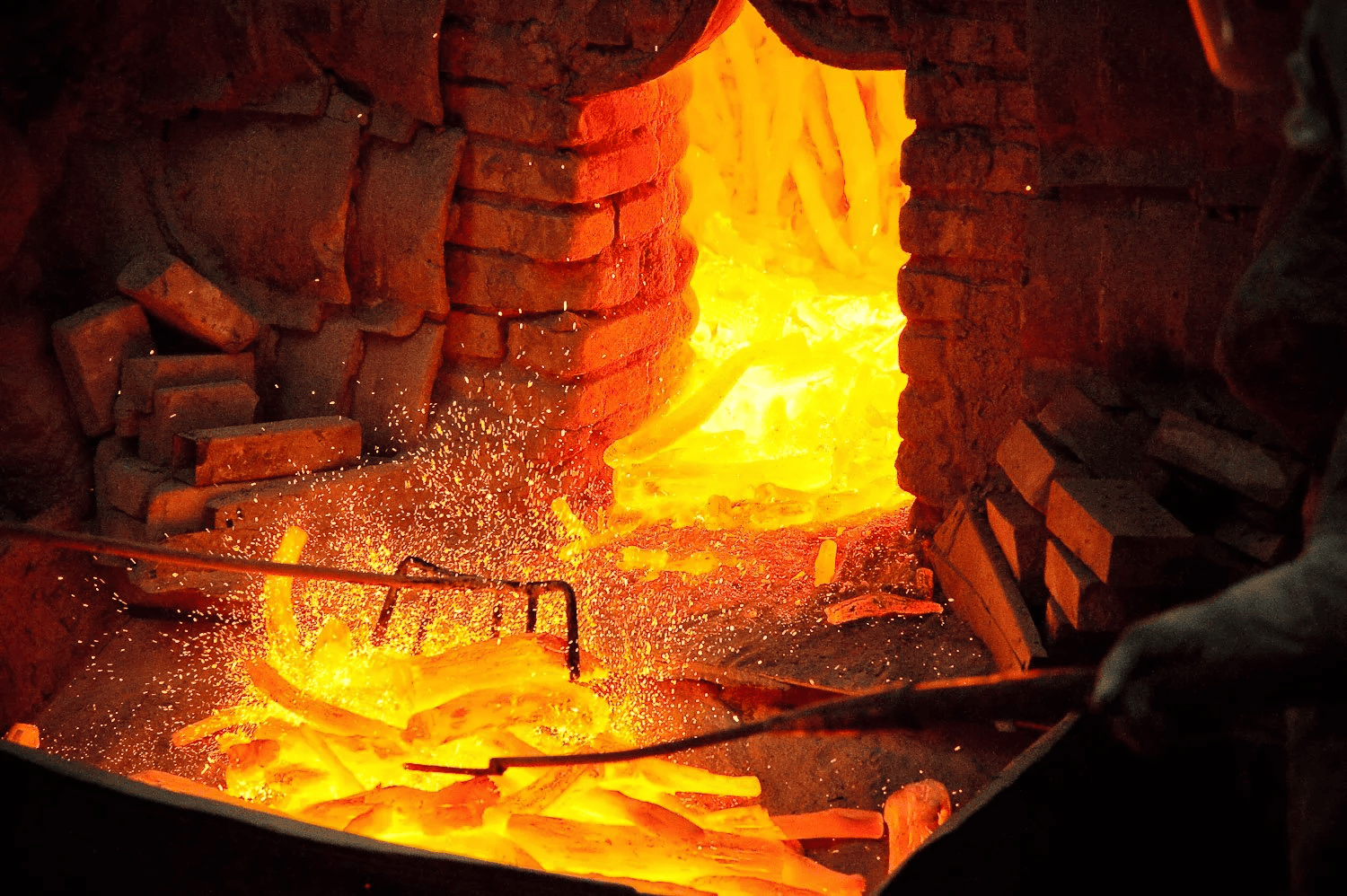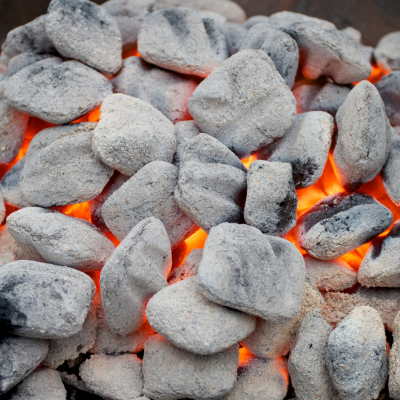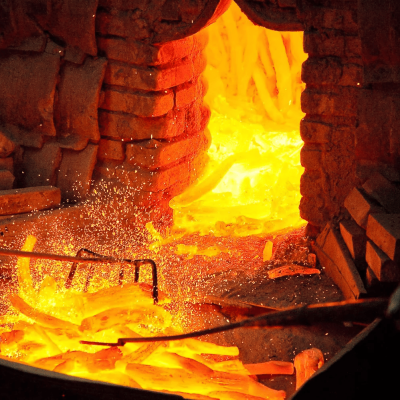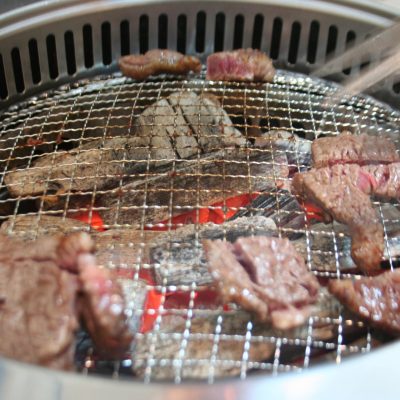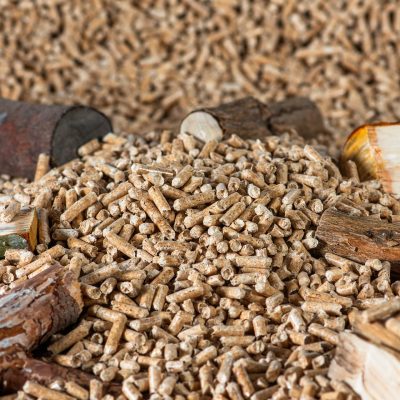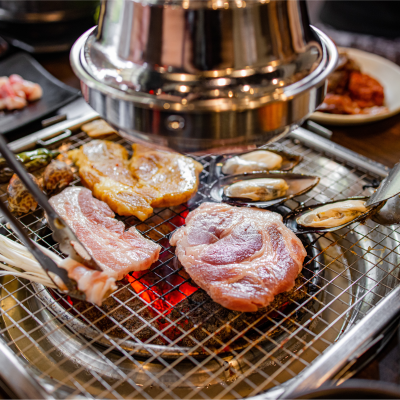8 Steps to Produce Premium Sawdust Charcoal Briquettes (Ogatan) at Vinachaki
When you think of charcoal, you may imagine a black fuel that simply burns. But at Vinachaki, charcoal means much more. It represents sustainability, innovation, and quality craftsmanship. Among our core products, sawdust charcoal briquettes (often called Ogatan) has become one of the most trusted fuels for restaurants, BBQ enthusiasts, and industrial buyers around the world.
But how exactly is sawdust charcoal made? In this article, we will take you behind the scenes at Vinachaki’s factories in Vietnam, showing the careful step-by-step production process that turns waste sawdust into premium fuel.
Discovery our Sawdust Charcoal Briquettes (Ogatan) production process: Watch here
1. Preparing Raw Materials – From Waste to Value
Every high-quality product begins with the right raw materials. At Vinachaki, our sawdust charcoal briquettes are made from 100% natural, eco-friendly sources:
- Clean sawdust from furniture factories: Instead of letting byproducts go to waste, we recycle them into charcoal. The sawdust is free from harmful chemicals or impurities, making it safe and consistent.
- Old fruit trees, pruned sustainably: When orchards replace unproductive trees or prune large branches, Vinachaki collects this biomass. This approach supports renewable sourcing while maintaining healthy tree growth.
- Aged hardwood cores from naturally fallen forest trees: Gathered responsibly by local communities, not through illegal logging. Bark and offcuts are processed into premium sawdust charcoal.

3 sources to make sawdust charcoal
By using these diverse sources, we don’t just make charcoal — we transform waste into energy, reduce industrial disposal, and preserve forest ecosystems. This is why Vinachaki’s sawdust charcoal briquettes are valued as both eco-friendly and high-performance fuel.
2. Chipping and Crushing – Creating the Right Texture
Not all sawdust is immediately ready for charcoal production. Larger wood pieces must first be chipped and crushed into uniform sizes. This step is essential for two reasons:
- Consistency in Compression – Smaller, uniform particles make it easier to mold logs with stable density.
- Efficiency in Burning – Properly crushed sawdust leads to charcoal with even structure, which burns more smoothly.

At Vinachaki, specialized machines cut and grind the wood into the fine texture required for strong, durable charcoal logs.
3. Filtering – Purity Matters
Before moving forward, the raw sawdust is screened and filtered. During this stage, unwanted materials such as dirt, bark, or metal fragments are removed. This step guarantees that the final product has:
- Cleaner combustion with less smoke
- Consistent calorific value
- Low ash content, which is especially important for BBQ restaurants

Our strict filtering process is one of the ways Vinachaki ensures that every batch of sawdust charcoal meets our export-quality standards.
4. Drying – Controlling Moisture for Perfect Carbonization
Moisture is the enemy of good charcoal. Sawdust with too much water produces smoky, brittle charcoal that breaks easily. That’s why Vinachaki uses industrial drying systems to reduce the moisture content to below 2%.
Why is this step so important?
- It ensures cleaner burning charcoal with minimal smoke.
- It improves the strength of the molded logs.
- It prevents defects during carbonization.

This attention to detail is what makes Vinachaki’s sawdust charcoal briquettes reliable for both home use and professional kitchens.
5. Molding – High Pressure, Perfect Form
Once dry, the sawdust is compressed into sawdust logs using extrusion machines that apply extreme pressure and heat. This process relies solely on the natural lignin in the wood, so no chemicals or binders are needed.
The logs are shaped into two main forms: hexagon shape and square shape

The harder and denser the log, the higher the quality. Vinachaki’s molding process ensures charcoal that is strong, uniform, and long-lasting.
6. Carbonization – Transforming Wood into Charcoal
Carbonization is the heart of the process, where molded logs are slowly converted into charcoal. At Vinachaki, we use two methods:
Traditional Technology: Brick Kiln

In this time-honored method, logs are carefully stacked inside a large brick kiln, capable of holding up to 50 tons. Once sealed with clay and bricks to limit oxygen, the logs undergo carbonization for around 10 days.
Advanced Technology: Iron Kiln

To complement traditional methods, Vinachaki also invests in modern iron kiln technology. Sawdust logs are placed in steel pots and loaded into an iron kiln. Each batch handles about 1 ton and takes only 1 day to carbonize.
By combining traditional craftsmanship with modern innovation, Vinachaki offers customers the best of both worlds.
7. Cooling – Stabilizing the Charcoal
After carbonization, charcoal must be cooled carefully. Rapid cooling can cause cracks, reducing quality. At Vinachaki, charcoal is cooled naturally for 24 hours, ensuring stability and durability.

This stage also includes another quality inspection. Cracked, weak, or uneven logs are removed, ensuring only the strongest products reach our customers.
8. Packing and Loading – From Factory to the World
Once the charcoal has passed quality inspection, it is carefully packed according to customer requirements. Every step is closely monitored to minimize risks and ensure the product arrives in excellent condition.

After packaging, the goods are loaded into containers and shipped to customers worldwide.

Why Vinachaki Sawdust Charcoal Briquettes (Ogatan) Stands Out
- Eco-Friendly & Sustainable: Recycles wood byproducts, old fruit trees, and naturally fallen wood into high-quality fuel.
- Safe & Pure: Free from harmful chemicals, binders, or toxic additives.
- High Performance: Long-lasting heat, clean burning, and low ash content.
- Global Trust: Exported to BBQ restaurants, supermarkets, and industrial buyers in over 15 countries.

